多线程编程之:Linux线程编程
(4)使用实例。
在前面已经通过互斥锁同步机制实现了多线程的顺序执行。下面的例子是用信号量同步机制实现3个线程之间的有序执行,只是执行顺序是跟创建线程的顺序相反。
/*thread_sem.c*/
#include stdio.h>
#include stdlib.h>
#include pthread.h>
#include semaphore.h>
#define THREAD_NUMBER 3 /* 线程数 */
#define REPEAT_NUMBER 3 /* 每个线程中的小任务数 */
#define DELAY_TIME_LEVELS 10.0 /*小任务之间的最大时间间隔*/
sem_t sem[THREAD_NUMBER];
void *thrd_func(void *arg)
{
int thrd_num = (int)arg;
int delay_time = 0;
int count = 0;
/* 进行P操作 */
sem_wait(sem[thrd_num]);
printf(Thread %d is startingn, thrd_num);
for (count = 0; count REPEAT_NUMBER; count++)
{
delay_time = (int)(rand() * DELAY_TIME_LEVELS/(RAND_MAX)) + 1;
sleep(delay_time);
printf(tThread %d: job %d delay = %dn,
thrd_num, count, delay_time);
}
printf(Thread %d finishedn, thrd_num);
pthread_exit(NULL);
}
int main(void)
{
pthread_t thread[THREAD_NUMBER];
int no = 0, res;
void * thrd_ret;
srand(time(NULL));
for (no = 0; no THREAD_NUMBER; no++)
{
sem_init(sem[no], 0, 0);
res =pthread_create(thread[no], NULL, thrd_func, (void*)no);
if (res != 0)
{
printf(Create thread %d failedn, no);
exit(res);
}
}
printf(Create treads successn Waiting for threads to finish...n);
/* 对最后创建的线程的信号量进行V操作 */
sem_post(sem[THREAD_NUMBER - 1]);
for (no = THREAD_NUMBER - 1; no >= 0; no--)
{
res = pthread_join(thread[no], thrd_ret);
if (!res)
{
printf(Thread %d joinedn, no);
}
else
{
printf(Thread %d join failedn, no);
}
/* 进行V操作 */
sem_post(sem[(no + THREAD_NUMBER - 1) % THREAD_NUMBER]);
}
for (no = 0; no THREAD_NUMBER; no++)
{
/* 删除信号量 */
sem_destroy(sem[no]);
}
return 0;
}
linux操作系统文章专题:linux操作系统详解(linux不再难懂)linux相关文章:linux教程




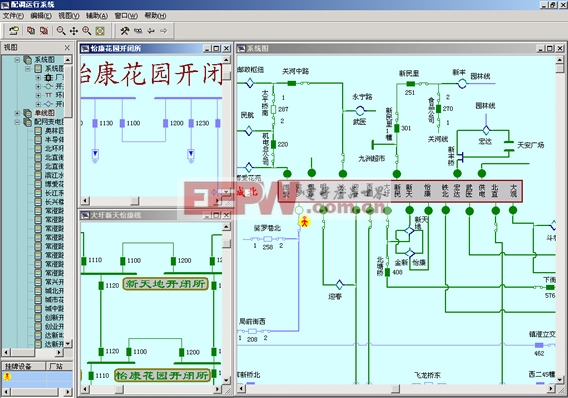

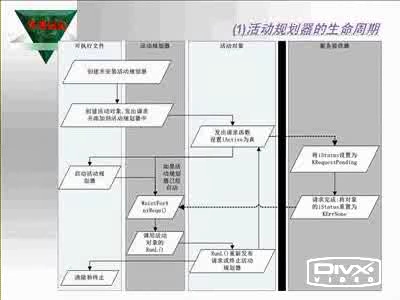
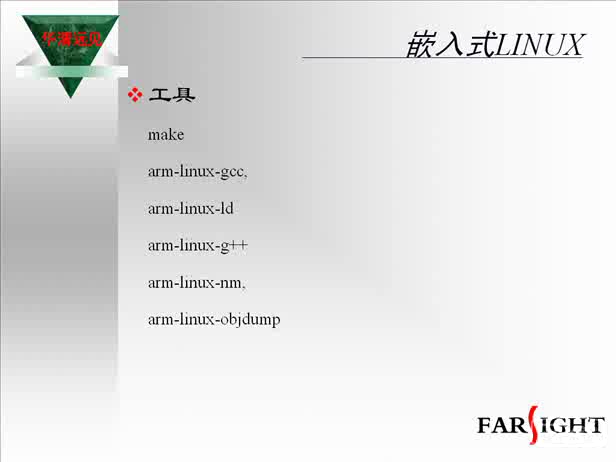


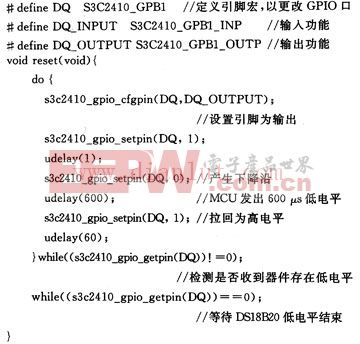


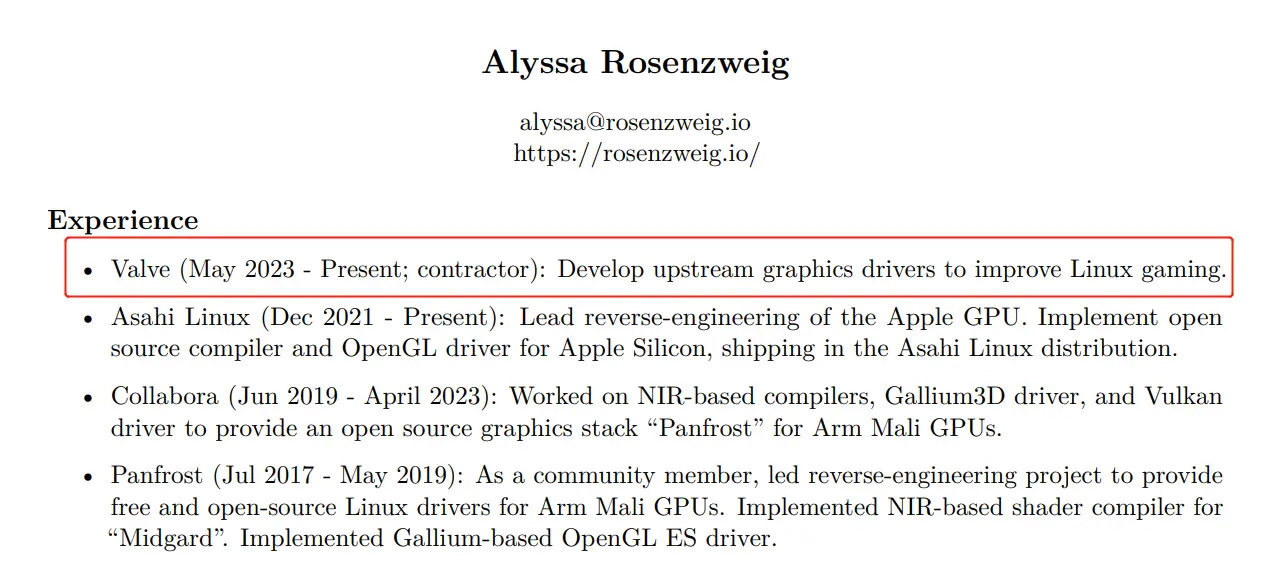

评论